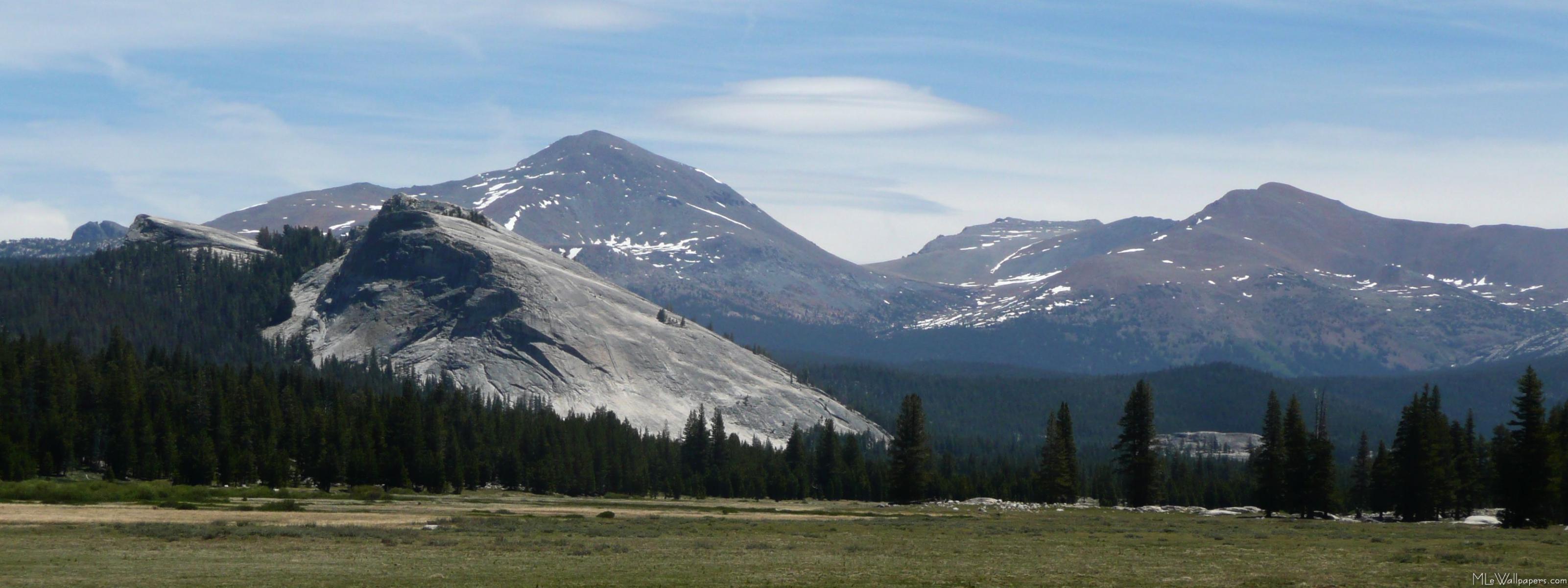At the California Council for the Social Studies convention in Burlingame this Spring, I ran into the Civic Action Project. I then piloted it with a few groups of my 12th grade government students and it was absolutely great.
The resources are tremendous and the people from the Civic Action Project (CAP) were extremely responsive and regularly run very straightforward and helpful webinars, which got me off and running.
The idea is to connect students to real issues in their communities, schools, or towns. From there we train them in what is policy, how it is made, and how it can be affected by citizens and then turn them loose to make public policy. The goal is for students to understand how to take civic action and how to make change. If they can actually change policy, that's great, but in the end, they will know the process that average citizens like themselves can follow to make their communities better.
In my classes, we ended up with seven groups who followed the dropout rates in innercity and high poverty schools and came up with all sorts of solutions to help keep kids in school. One group even based their solutions on Maslow's Hierarchy of Needs and made sure kids had enough to eat and were safe and then had activities to help foster a feeling of belongingness!
Like I said, the resources are comprehensive and the people are very helpful. With just a bit of uploading to Google Docs, I was able to consolidate all the brainstorming and notetaking forms and readings online on my classroom blog.
I can't wait to roll it out with all my government students this fall. Please let me know if you have any questions or need any help getting started. I'd be glad to help point you in the right direction.

No comments:
Post a Comment